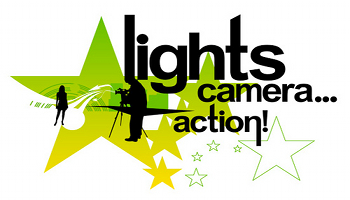We all need an occasional refresher . . . . from Technical Writing Tips, Tools & Templates
It is ebay or eBay or Ebay? How Technical Writers use capitalization in user guides creates many problems for editors, reviewers, and users. Part of the problem is a lack of guidelines and style guides. What you think looks fine break some style guide rule you were unaware of.
The Capitalization of Microsoft
A good example is the word Microsoft. When it started out, it was MicroSoft. Then it changed the uppercase S to a lowercase.
So, what do you do with all the legacy documents or international materials, for example, business documents for Chinese readers?
Guidelines for Capitalization
 In general, use capitalization rules whenever possible – for example, common nouns are usually all lowercase and proper nouns are always capitalized.
In general, use capitalization rules whenever possible – for example, common nouns are usually all lowercase and proper nouns are always capitalized.- Never use all uppercase letters for emphasis.
- Follow the capitalization rules of software as necessary, as in case-sensitive keywords.
- Do not capitalize the spelled-out form of an acronym unless specified otherwise in the List of Acronyms and Abbreviations.
- Avoid over-capitalization.
Capitalization Of User Interfaces Elements
Microsoft recommends the following capitalization rules for interface elements:
- Menu names, command and command button names, and dialog box titles and tab names: Follow the interface. Usually, these items use title caps. If the interface is inconsistent, use title caps.
- Dialog box elements: Follow the interface. Newer style calls for these items to use sentence caps. If the interface is inconsistent, use sentence caps.
- Functional elements: Capitalize the names of functional elements that do not have a label in the interface, such as toolbars (the Standard toolbar) and toolbar buttons (theInsert Table button).
- Do not capitalize interface elements used generically, such as toolbar, menu, scroll bar, and icon.
- The Golden Rules of Capitalization in Technical Documents Do not capitalize unless it is case-sensitive.
Looking for examples
One of the hazards of having a love of words is that you see things that others take for granted.
So, when it comes to caps or should that be capitalizations… I see these everywhere.
For example:
Is it web site or Web Site or Website?
Is it the Bible of The Bible?
Is it IBM or I.B.M.?
What other examples would you add?






























